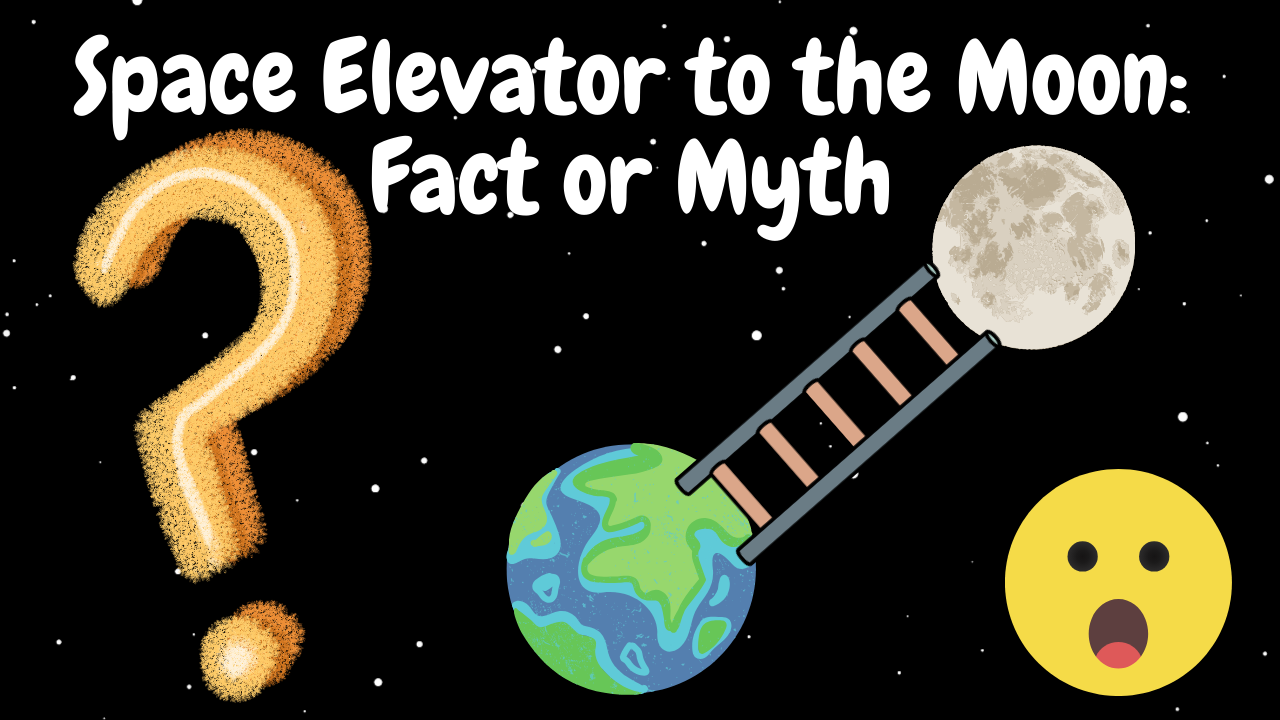The Moon: Our Celestial Neighbor
The Moon, our Earth’s solitary natural satellite, has captivated human imagination for centuries. From ancient mythologies to modern-day space exploration, it has been a constant source of wonder and intrigue. While we’ve sent astronauts to its surface, the idea of a physical connection, a space ladder or space elevator reaching from Earth to the Moon, remains firmly in the realm of science fiction.
Why a Ladder to the Moon Isn’t Feasible (Space Elevator)
While the concept is undeniably fascinating, there are several fundamental reasons why building a ladder or escalator to the Moon isn’t practical:
- The Immense Distance: The average distance between the Earth and the Moon is approximately 238,855 miles (384,400 kilometers). Constructing a structure of that length, even with advanced materials, is beyond our current technological capabilities.
- Gravitational Forces: The Moon’s gravity is much weaker than Earth’s. A structure extending that far would be subject to immense gravitational forces, making it incredibly difficult to maintain its stability.
- Material Constraints: Even if we could overcome the distance and gravitational challenges, finding a material strong and lightweight enough to withstand the harsh conditions of space, including temperature extremes and micrometeoroid impacts, would be a significant hurdle.
- Cost and Energy: The sheer scale of such a project would require an astronomical amount of resources and energy, far beyond our current capabilities.
The Benefits of Lunar Exploration
While a physical connection to the Moon isn’t feasible, lunar exploration offers numerous potential benefits:
- Scientific Discovery: Studying the Moon can provide valuable insights into the early history of the solar system, including the formation of Earth and the Moon itself.
- Resource Extraction: The Moon is rich in resources like helium-3, which could be used as a clean energy source on Earth.
- Spaceport and Research Station: Establishing a lunar base could serve as a stepping stone for future missions to Mars and beyond.
- Inspiration and Innovation: Exploring the Moon inspires future generations and drives technological advancements.
The Future of Lunar Exploration
While a space elevator to the Moon remains a distant dream, the future of lunar exploration is bright. With ongoing advancements in space technology, we can expect to see more ambitious missions to the Moon, including the establishment of a sustainable human presence.
By focusing on innovative technologies like reusable rockets, advanced propulsion systems, and in-situ resource utilization, we can unlock the full potential of our celestial neighbor.
Similar Blogs :



